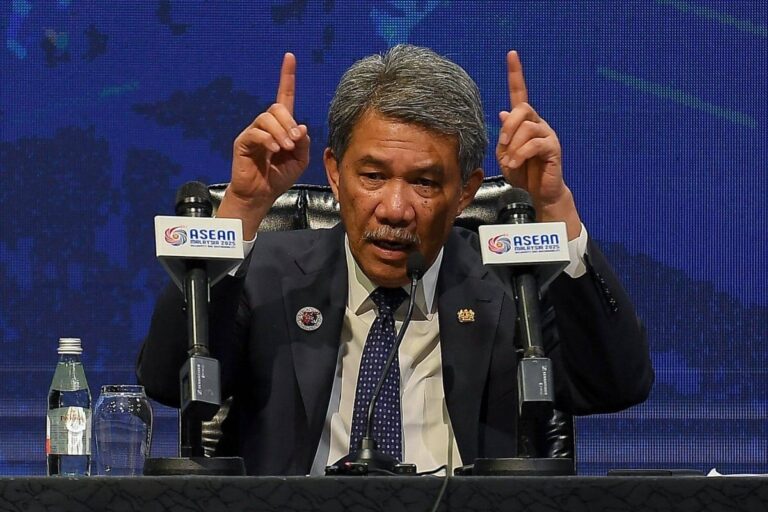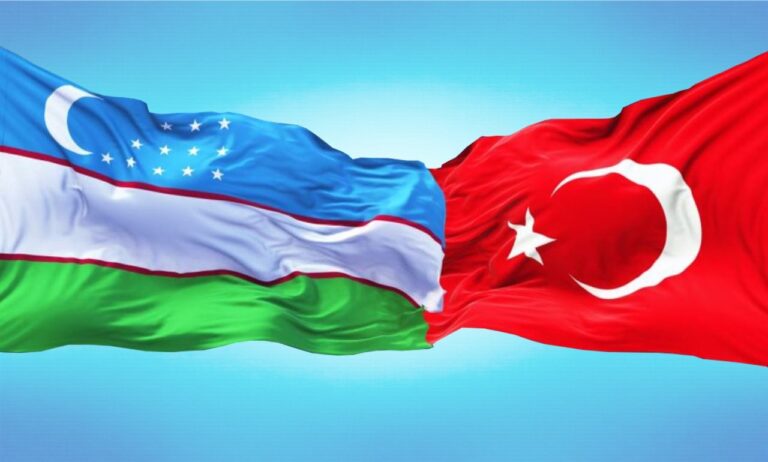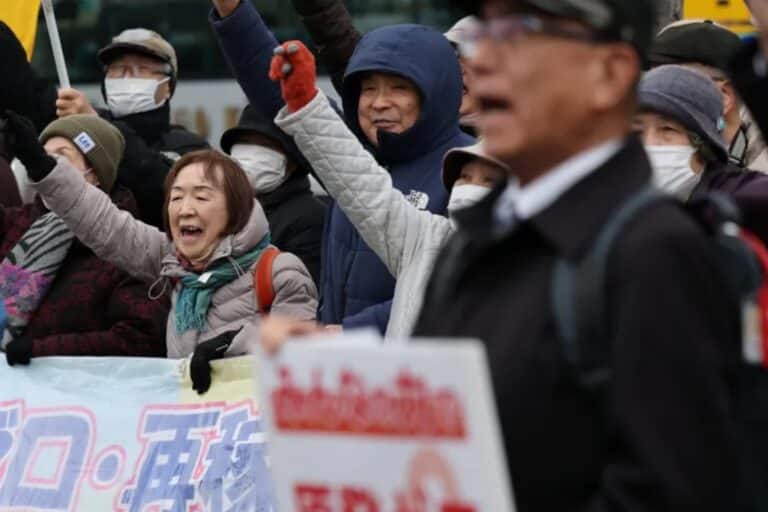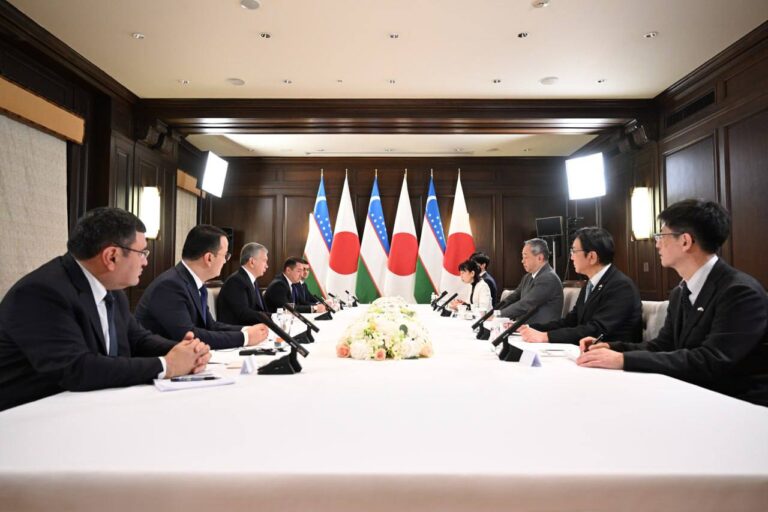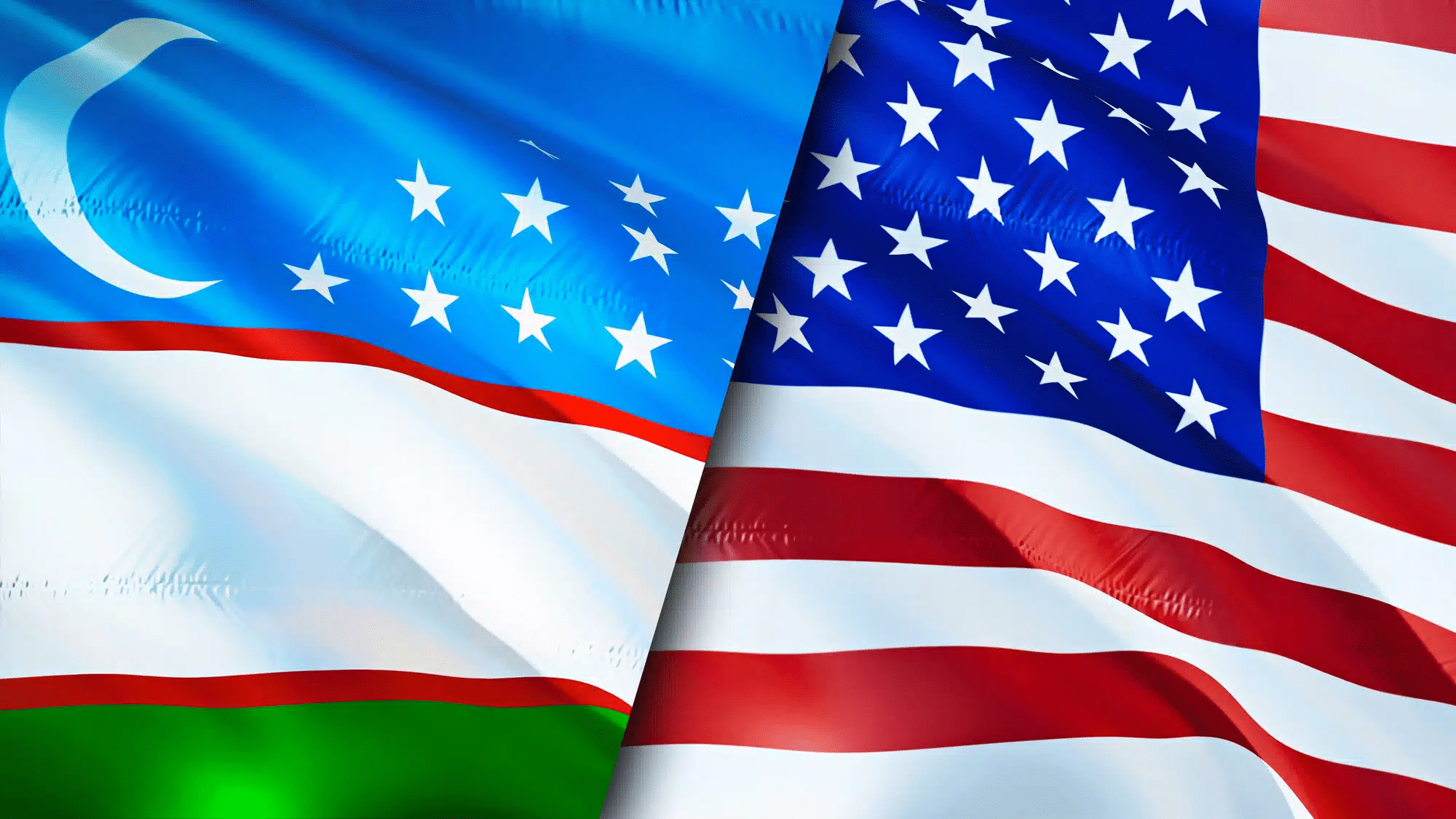
In 2024, US President Donald Trump imposed tariffs on goods imported from 185 countries and territories, including a 10% tariff on Uzbekistan. Kursiv Uzbekistan sought the views of experts on how these tariffs will influence trade relations between Uzbekistan and the United States.
Blow to Trade or Chance for Regions
Odil Abdusattarov, an expert from the Centre for Progressive Reforms, shared his thoughts on the tariffs with Kursiv:
“This tariff policy will primarily lead to a reduction in global trade volumes and slow down trade processes. According to a report from the World Trade Organization, a 1% increase in trade tariffs is estimated to reduce trade volumes by 2-3%. Furthermore, retaliatory tariffs from other countries are expected to decrease global economic welfare,” said the expert.
He added that the tariffs will increase the cost of imported goods in the US, which will intensify inflationary pressure. The US Federal Reserve now faces a difficult choice: adopt a tight monetary policy to curb inflation or a looser policy to support economic growth.
Moreover, the tariffs will help many countries reduce their dependence on the US. The role of regional trade blocs, such as Regional Comprehensive Economic Partnership (RCEP) and African Continental Free Trade Area (AfCFTA), will grow. This will pave the way for new trade routes.
Uzbekistan Between US and China: Risks and Opportunities
In 2024, trade between Uzbekistan and the US reached $881.7 mln, representing 1.3% of the total foreign trade turnover of the republic. Of this, $317.4 mln was Uzbek exports. As a result, the impact of the tariff on foreign trade will likely be minimal for Uzbekistan.
Increasing the volume of supplies faces significant obstacles, including certification issues, tariff codes, and low awareness among Americans about Uzbek products.
Logistical challenges also hinder the export of Uzbek goods to the US, as the country is landlocked.
At the same time, the expert noted that countries hit hardest by tariffs, like China, may try to bypass them through countries with lower tariffs.
“China can continue to increase its investments and production in Uzbekistan, as well as look for opportunities to access the US market through our country,” said Abduzattarov.
Textiles and Uranium
Farkhod Murodov, a senior specialist in investment banking services at ALKES, pointed out that the new customs duties will not affect strategic resources such as uranium and copper. However, tariffs on textile products will increase from 15% to 25%, and those on agricultural goods will rise by 10-15%.
“The imposition of an import tariff by the US for Uzbekistan and several other countries signifies significant changes in trade conditions. Previously, Uzbekistan exported products to the US under very favourable conditions, with minimal or zero tariffs,” he said.
Referring to data from the Open Export Center (OEC), the expert highlighted that the main export items are precious metals, minerals, textiles, and agricultural products. These tariffs may reduce the profits of Uzbek exporters or increase prices for US consumers.
However, despite the increase in tariffs on textile imports from countries like China (125%), Bangladesh (37%), and Vietnam (46%), Uzbekistan may retain its price advantage in this sector. This offers an opportunity for the country to boost its textile exports.
“Uzbekistan has the chance to expand its presence as a supplier of strategic materials, including uranium (which accounts for 11% of US imports from Uzbekistan) and certain agricultural products. This is particularly important as the US seeks to diversify its sources of strategic imports,” noted Murodov.
New Opportunities
Ikboljon Kasimov, the Head of the Research and Grants Department and an associate professor at the Graduate School of Business and Entrepreneurship, shared his views with Kursiv on the tariff rates and their impact on the Uzbek market.
“Tariffs are aimed at correcting trade imbalances, but they can have far-reaching consequences for the United States and the countries against which they are imposed,” said the expert.
In his opinion, while direct trade between Uzbekistan and the US is limited, the indirect effects through its major trading partners—China, the EU, and South Korea—are significant.
Moreover, these tariffs may undermine the authority of the WTO and accelerate the formation of regional trade blocs such as BRICS and the EAEU. As a result, these changes in market conditions create new opportunities and risks that require thorough policy analysis.
“Trade relations between Uzbekistan and the US are based on exporting raw materials from Uzbekistan and importing advanced US technologies and industrial goods. This suggests that the direct impact of US tariffs on Uzbekistan’s trade may be minimal due to the non-competitive nature of these trade flows,” he added.
Two Scenarios
Kasimov noted that the recent global tariff rates imposed by the US have sharply increased uncertainty in international trade. He considers two scenarios for how this step could affect Uzbekistan’s foreign trade ties, supply chains, regional trade dynamics, and sectoral competitiveness: an optimistic scenario and a conservative scenario.
Optimistic Scenario
In the optimistic scenario, Uzbekistan’s economy can remain relatively stable despite global economic difficulties. Although global trade in agricultural products will shrink by 3.4% and industrial goods by 7.9%, the rise in gold prices will help stabilise export revenues.
If global GDP contracts by 0.3% and US GDP by 0.8%, Uzbekistan has the potential to position itself among countries with higher tariffs.
“Remittances from migrants in Russia and Central Asia will remain stable, and trade relations with the European Union and South Korea will continue to strengthen thanks to GSP+ preferences and technological adaptation. This will enhance Uzbekistan’s integration into global value chains,” said Kasimov.
Conservative Scenario
In the conservative scenario, Uzbekistan will face more significant risks. Global trade in agricultural products will fall by 4.7%, and industrial goods by 10.2%. A decline in global GDP of 0.4% and a decrease in US GDP by 1.2% may reduce demand for Uzbek products.
Imported goods will become more expensive. Disruptions in supply chains will lower competitiveness in key sectors, such as copper production.
The weakening of the WTO dispute resolution mechanism will accelerate the fragmentation of global trade into regional blocs.
“Remittances and energy cooperation will decrease. Countries affected by tariffs on European and South Korean markets will intensify competition. As a result, Uzbekistan’s position in exports may weaken,” the expert concluded.
Earlier, Kursiv Uzbekistan reported that US President Donald Trump had suspended the tariffs for three months.




